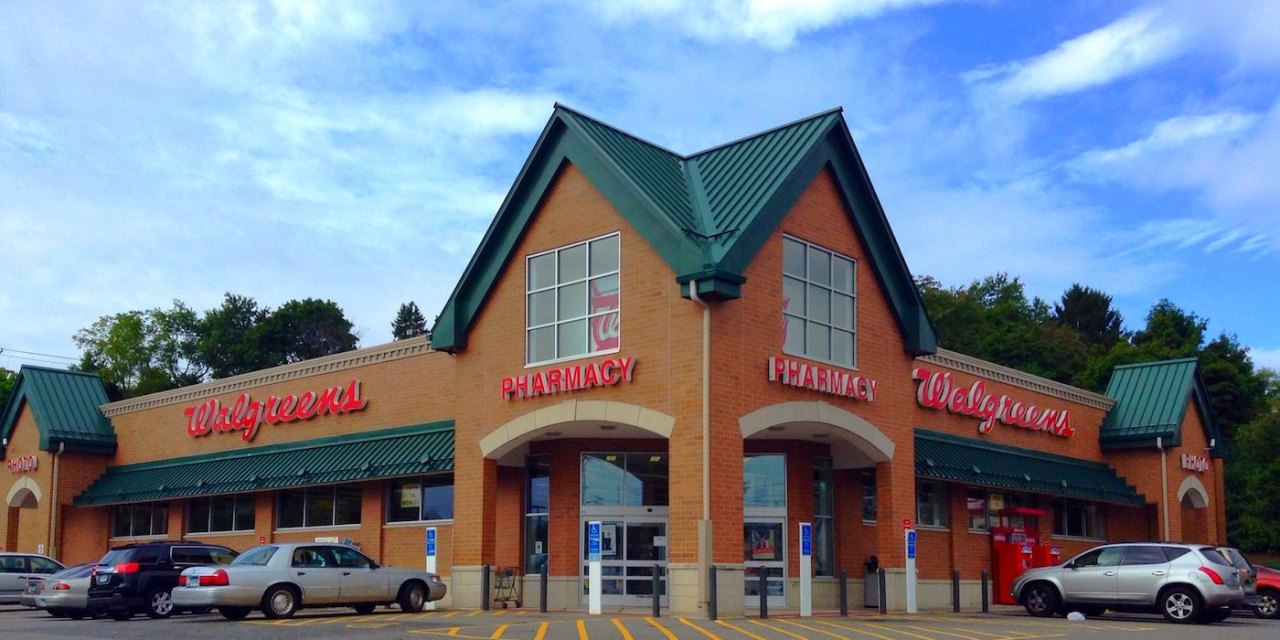Walgreens’ Chief Merchandising Officer on leaning into local communities: ‘We’ve got such strength in communities across America’

Walgreens, a drugstore chain that operates thousands of chains nationwide, is tapping into what it means to be part of local communities as part of its growth strategy.
The company has a local merchandising division that helps it tailor a store’s assortment based on the community that it is in. It even sought out diverse, local and regional vendors last year at a summit, giving various businesses a chance to pitch their offerings to Walgreens. Luke Rauch, SVP and Chief Merchandising Officer at Walgreens, said the company is now focused on adding an omnichannel twist to its localization strategy.
Walgreens began utilizing a search functionality earlier this year that allows customers to find locally available products to assist customers when they use features, like same-day delivery and curbside pickup on its site. And just this month, Walgreens is furthering its convenience proposition for locals by now offering the option to pick up orders as quickly as 30 minutes. It also bought the rest of post-acute and home care firm CareCentrix for about $392 million in October.
“We always believed our strategy was [being] a community-based health and wellbeing expert,” Rauch said. “I would say now the evolution is how do you take the physical locations that we have and turn that into something that’s truly omnichannel.”
About 78% of the U.S. population live within 5 miles of a Walgreens or a Duane Reade store as of 2020. During its recent earnings, executives emphasized how the company is reimagining what local health care means. Its fourth-quarter sales declined 5.3% year-over-year to $32.4 billion.
Ad position: web_incontent_pos1
This playbook that almost emulates a neighborhood store has grown more popular in recent years as consumers continue to spend more time at home and become more in tune with their community. Department stores and even grocery stores have begun either tailoring their products based on the neighborhood that their in or developing spaces where community members can gather.
In an interview with Modern Retail, Rauch talked about how the company is leveraging its hyperlocal footprint and how it plans to win over community members. The interview has been lightly edited for length and clarity.
What are some of the ways you’re tailoring your assortment to the local community?
We have local teams on the ground that are in tune with what the customers need in those areas and we’re making sure that our assortment is correspondingly tailored.
Ad position: web_incontent_pos2
If you think about the rural store that sits in a football hotbed in Texas, we make sure that we’ve got the high school sports teams’ sweatshirts stocked in our store. So if you’re shopping in the Walgreens on your way to the game that Friday night, you’ve got options to bring school pride with you to the equation.
We look at very closely who else is in the market from a competitive set. And then, more importantly, [we look at] who are the customers shopping [with] us and who are the customers that live in the market and then how do we build our offer around those folks.
On the health and well-being side of this, for example, if we’re in a community that is a retirement community, we might put a lot more DME [or] durable medical equipment into that store because the needs of the folks in that area require those products or we might flex up or down our senior offer in those stores.
How has Walgreens’ localization strategy evolved over time?
We’ve got such strength in communities across America. People always refer to their Walgreens as “my Walgreens” which is really interesting… because I think they feel that connection and that trust.
We’re easy to get in and out of. Now as we’ve evolved, what that used to mean was you could get this health and well-being expertise on the corner closest to you. It now means you can get it delivered to your house in under 30 minutes or you can order it online and have someone bring it out to your car in under 30 minutes.
What results have you seen so far by focusing on local communities?
The folks that come in our stores, they know their pharmacist, they know their cashier, there’s an inherent trust that they have with us that allows us to, when the going gets tough — whether your kid has a fever in the middle of the night or you think you might have Covid or you want to get inoculated for Covid because you’re going to visit grandma — we’re the place that people turn [to].
I think that relevancy in the community was revalidated for us during the pandemic, and that’s the momentum and tailwind that we now have, especially as we set off on this broader ambition to be the leading partner reimagining local healthcare.
Can you give an update on what happened as a result of the localization summit that Walgreens hosted last year?
We have overt goals in our internal system on driving diversity and inclusion across both our population base and our supplier base. And so, we’ve made really good progress [towards] those goals. In fact, I was on a call just before this with a minority-run business in the Chicagoland area about bringing their product into our stores in Chicago.
That local relevance and being able to… say this is from a business that started in your local community is important. I think you’ll continue to see us do more of that.
